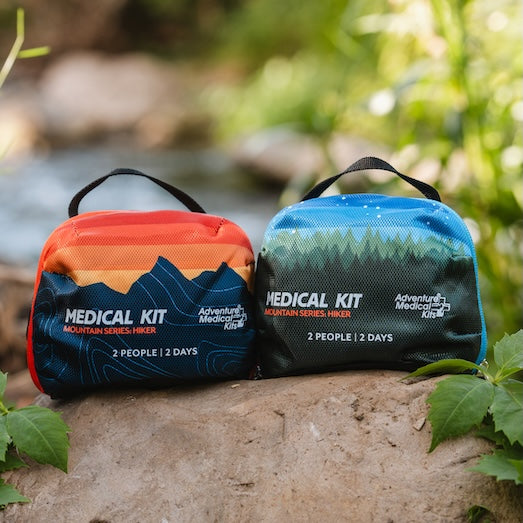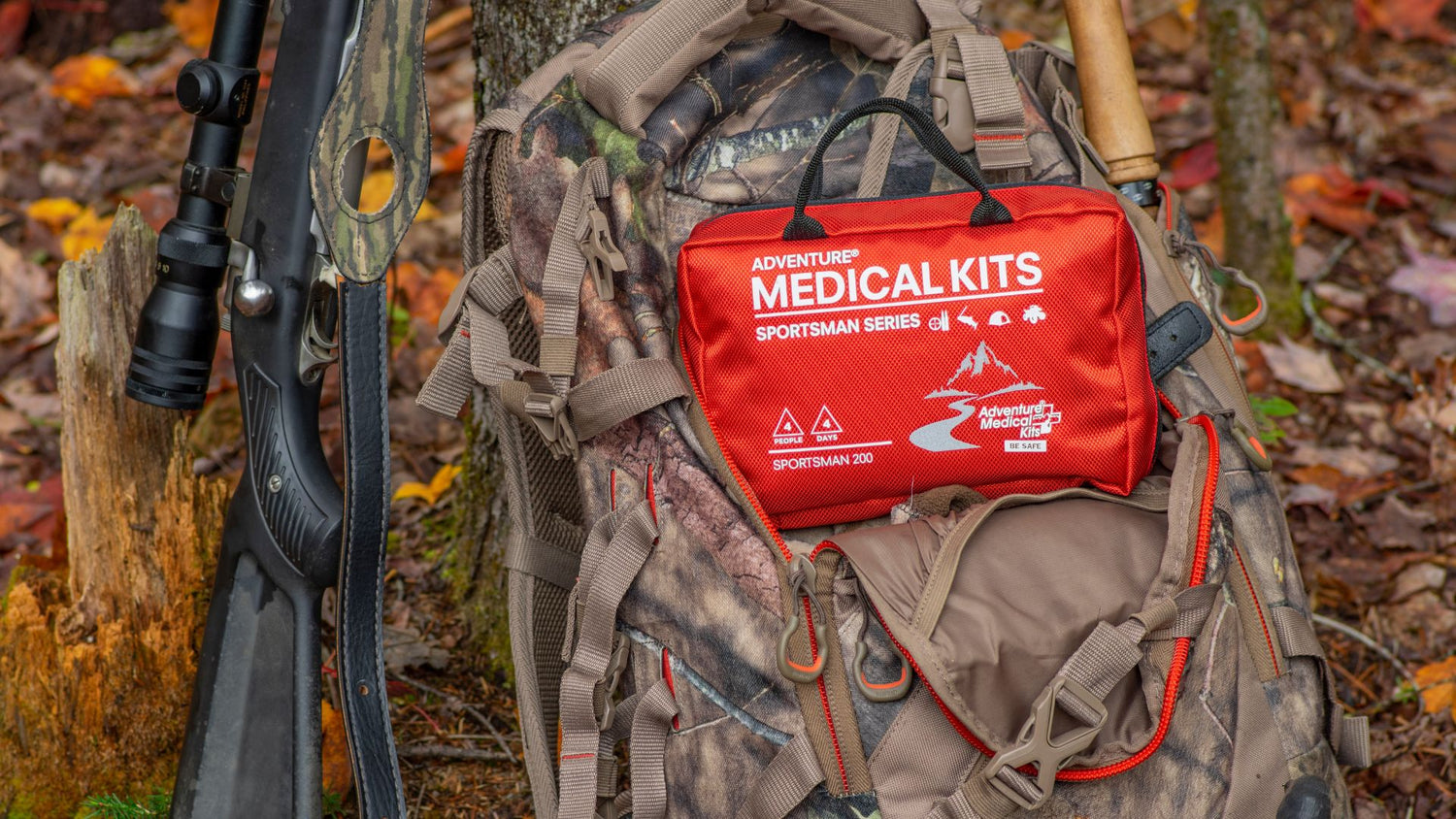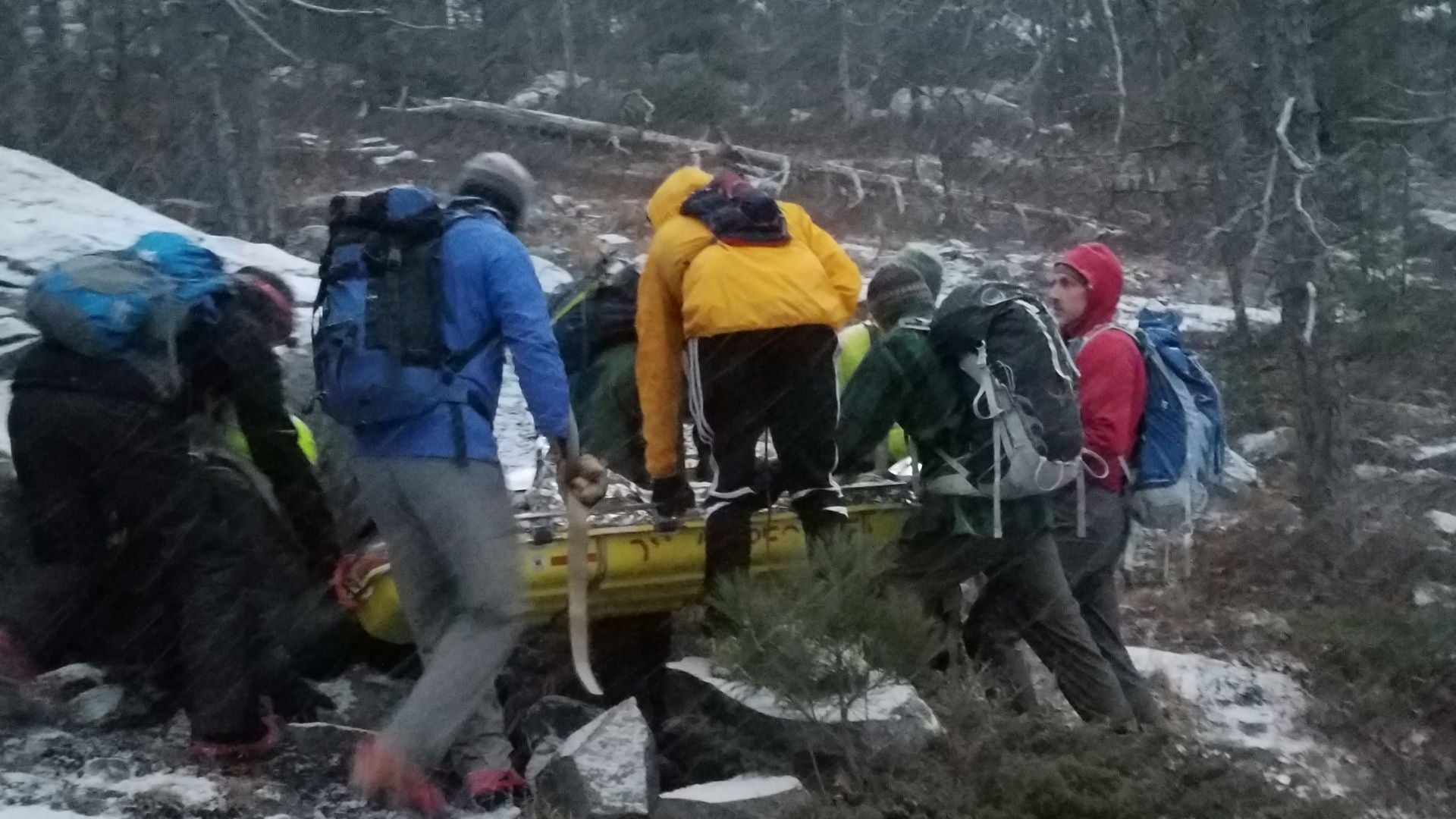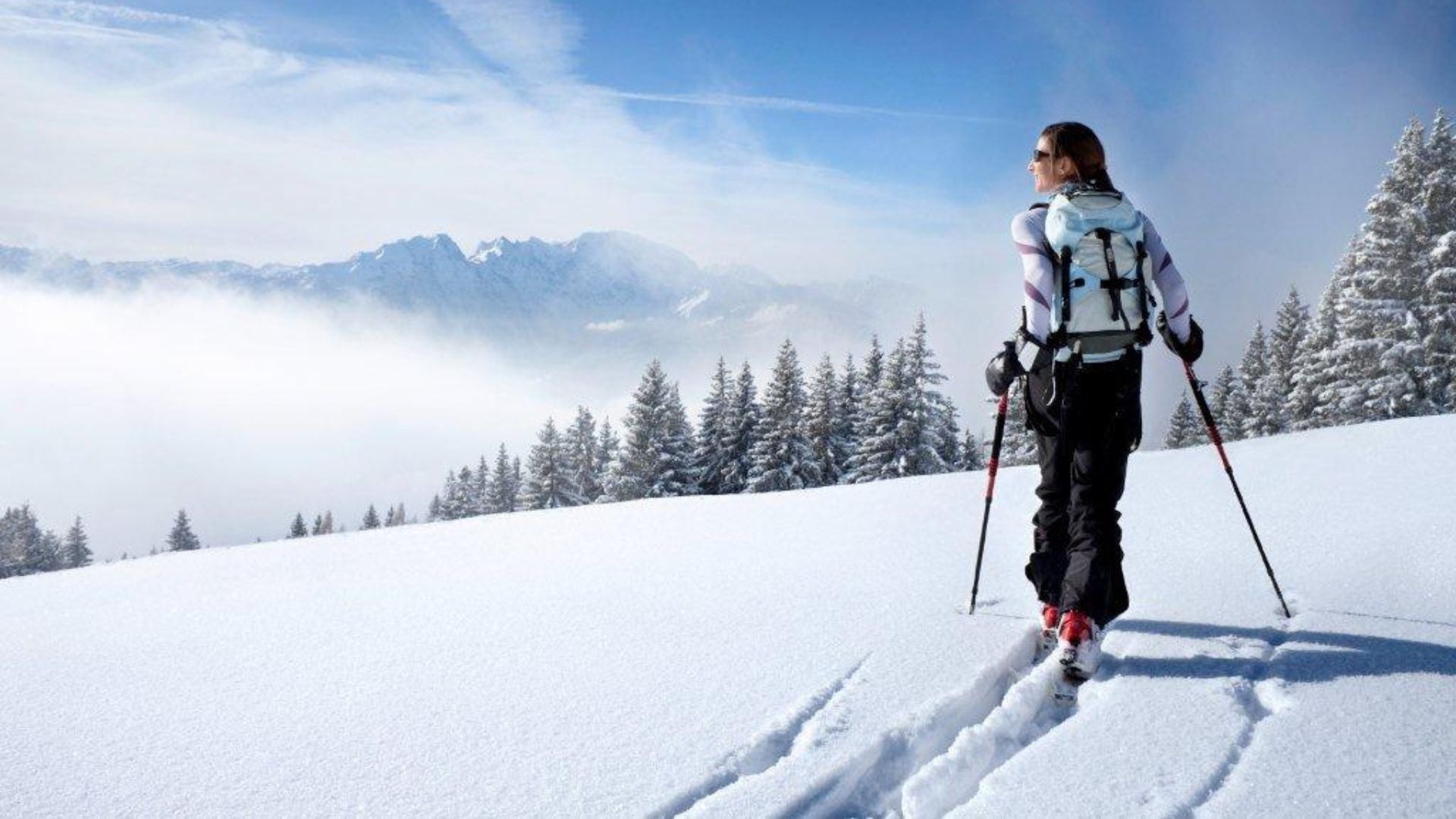I’ve stressed over the years the importance of having a first aid kit as well as the training to use it. I’ve used kits for cuts, scraps, blisters, sprains, injuries resulting from auto accidents, stabilizing a fracture, and other severe injuries.
Barefoot in the Dark
At night walking barefoot in the dark, I slam the bottom of my toe on the corner of a rough piece of wood. Not realizing how bad it was, I grab my Sportsman Series Whitetail first aid kit (recently updated to the Sportsman 200) from Adventure Medical Kits, which I use for hunting and road trips and had modified for focusing on treatments of more severe injuries, removing some of the more basic items.

Putting My First Aid Kits to Use
Getting some light on my foot, I see blood dripping pretty badly, so I use a 4×4 gauze to stop the bleeding. After getting the bleeding under control (and eventually stopped), I grab my Ultralight/Watertight .9 first aid kit to clean it (as this kit still contains more basic wound care supplies), apply some three in one ointment, place a bandage, and tape it to keep it secured.
It didn’t require stitches since I tore off nearly all of the bottom skin like a cheese grater and no deep cuts.
It’s healing nicely; I’m cleaning the area changing out the bandages twice a day.
This was nowhere near my worst injury, but it did bleed all over the place, and getting the bleeding to stop, cleaning it, and managing to go back to sleep was a good thing.
Lessons Learned
1. It doesn’t hurt the keep some adhesive bandages and some triple antibiotic ointment for the small injuries in the first aid kit I modified for major injuries and gunshot wounds. We are more likely to experience the not-so-bad injuries than the big injuries.
2. Being able to self-treat, stop the bleeding, and cleaning the wound beats going to urgent care and spending money I didn’t have to. Replacing items is always cheaper than urgent care or the ER if it doesn’t warrant a visit.
